Nature reports
Publisher: Naturalis Biodiversity Center
Page 5 of 7 - 66 Results
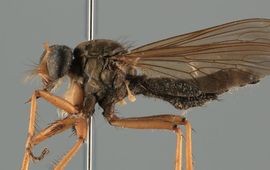
This summer, visitors to Naturalis can see something unique in the museum: a giant installation that will photograph tiny insects in detail...
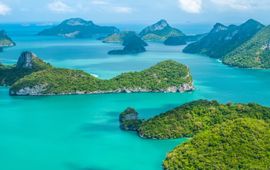
Mammal species on islands differ from those on the mainland. That is due to their isolation for hundreds of thousands or millions of years. In addition, there are no warm-blooded land predators, and the quantity of food is..
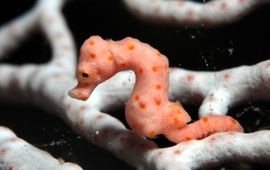
Seahorses worldwide are threatened with extinction as a result of their habitat being damaged. In addition, their iconic appearance makes them popular in international trade. A recent study revealed how this trade in seahorses has..

A new study shows that the current rate of biodiversity decline in freshwater ecosystems outcompetes the extinction at the end of the Cretaceous, that killed the dinosaurs. Damage now being done in decades to centuries may take..
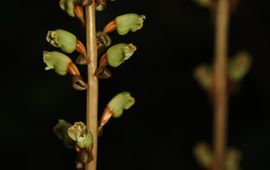
Orchids, ‘pandas of the plant world’, form unique interactions with mycorrhizal fungi. Large-scale ancestral state reconstructions and phylogenetic comparative models give new insights into the coevolution of physiological traits..
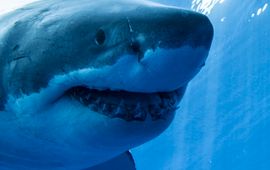
Your lovely smile and the smiles of sharks have less to do with each other than previously thought. All kinds of aspects of jaws have all evolved independently and have been lost several times in the early evolution of jawed..
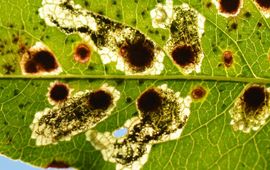
Snake-root is host for rare butterflies and moths, especially in nutrient poor wet grasslands and heathlands in central European mountains. While a lot is known about distribution and biology of violet copper and ocellate bog..

The face masks and gloves designed to protect us are, in fact, dangerous for the animals around us. Scientists from Leiden warn that throughout the world, on land and in the water, animals are ingesting corona waste, or getting..

Natural selection usually purges lethal, genetic mutations within the DNA as much as possible. However, occasionally an error occurs in nature that can cause species to become stuck with deadly mutations. Newts belonging to the..

A large-scale international study has resulted in a better understanding of the origin of six thousand species of dragonflies and damselflies on earth and of their relationship to each other. Scientists, including researchers from..
